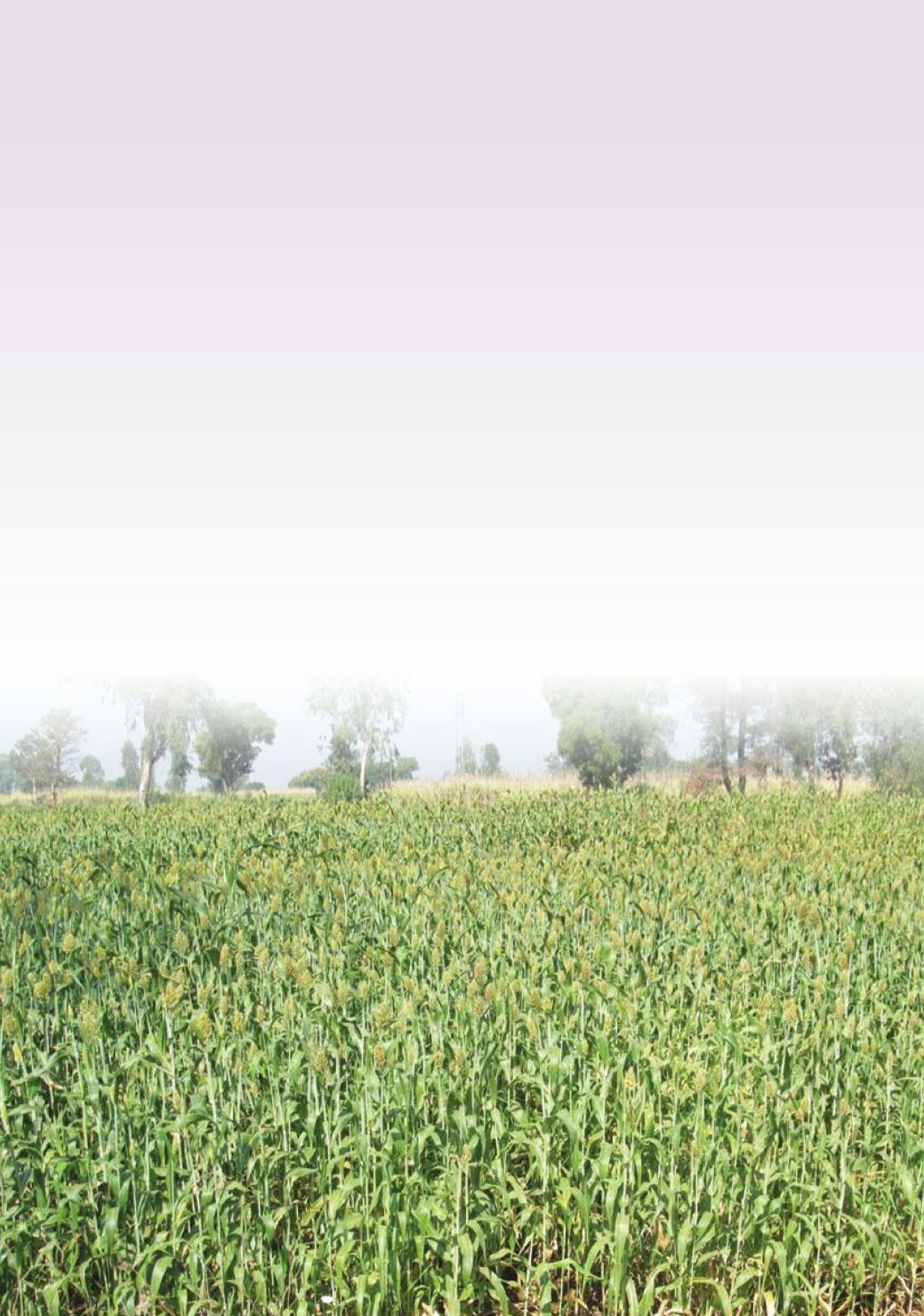

National Dairy Development Board
Part VII :
Agriculture
Maharashtra is divided into five geographical regions viz Konkan (west), Kandesh (north-west), Western
Maharashtra (centre), Marathwada (south-east) and Vidarbha (eastern most). Rainfall is primarily
concentrated onwestern region, whereas central and easternVidarbha region receive lesser tomoderate
rainfall fromnorth-eastmonsoon. In order to reduce dependence on rainfall, irrigation facilities are being
extended and to date, some 33,500 square kilometer or about 16 per cent of net cultivable area is under
irrigation as against all-India average of 40 per cent. As a strategy, drip irrigation and dryland farming
have been adopted. Farmers get 50-60 per cent subsidy for sprinkler and drip irrigation equipments.
Large areas of the state have been brought under horticulture crops and region based crop strategies
have been formulated. Consequently, Jalgaon has emerged as“banana capital”of India, Nagpur is known
for orange, Nashik for grapes & onion, Ratnagiri for Alphonso mangoes, Ahmednagar for sugarcane and
Kolhapur for jaggery. Water remains centre-stage of state agriculture and reforms in irrigation sector
has started with the formation of Water User Association. The state was first to adopt dry-land farming
and now, focus is on promotion of organic farming. Maharashtra has launched “Farmer Janata Accident
Insurance Scheme (FJAIS)” covering thirteen perils to assist family members of ill-fated farmers. Road-
map for future development was prepared in the form of “Comprehensive District Agriculture Plan
(CPAP)” and these CPAP are now being implemented.



















